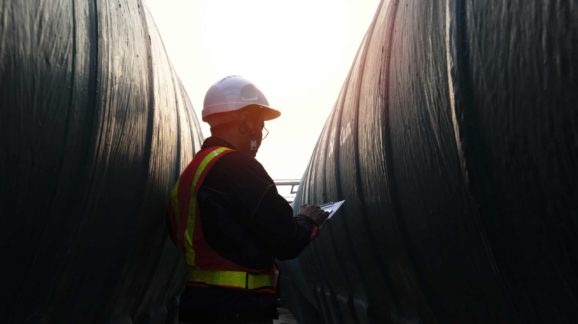Will Ukraine Invasion Spark Another Trans-Alaska Pipeline Moment?
Could Russia’s invasion of Ukraine convince the Biden administration to abandon its opposition to increased domestic oil and natural gas production? It seems doubtful, but the example of the Trans-Alaska pipeline does provide reason for hope.
The environmental red tape and litigation being used today to block new oil and natural gas projects is nothing new. Similar tactics were also employed in the early 1970s against the Trans-Alaska pipeline, a proposed 800-mile project that would carry the recently discovered oil reserves in Alaska’s North Slope south to the port of Valdez and on to the West Coast refineries.
But just as it seemed that the anti-pipeline activists were winning, the 1973 Yom Kippur War began. This was followed by the Arab oil embargo designed to punish the United States for siding with Israel in the conflict. Consumers saw price spikes and even shortages.
That changed everything. Congress quickly passed, with bipartisan support, the Trans-Alaska Pipeline Authorization Act. It stated, in no uncertain terms, that the pipeline “be constructed promptly without further administrative or judicial delay or impediment.” Soon, thousands of workers were headed north to well-paying jobs building the pipeline. It opened in 1977 and has been in operation ever since.
Today, fracking and other advances could unlock vast stores of oil and natural gas in many locations across the country, but progress is being limited by the Biden administration in the name of fighting climate change. This includes refusals to conduct the required oil and gas lease sales on federal lands, opposition to pipelines, and lengthy permitting delays under the National Environmental Policy Act.
Thanks to fracking, America’s dependence on foreign oil has declined over the last decade, but it could decline further. And America’s natural gas output has risen, but the ceiling is considerably higher than what the Biden administration allows.
Read the full article at The Washington Examiner.
